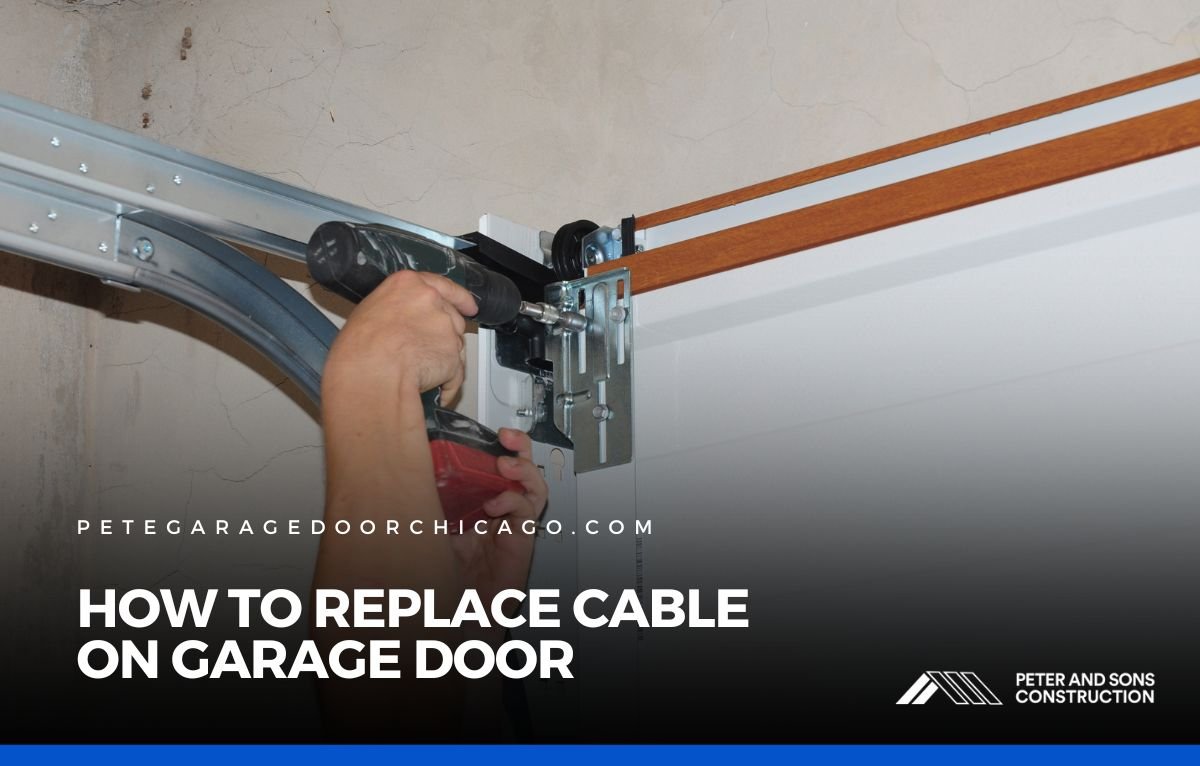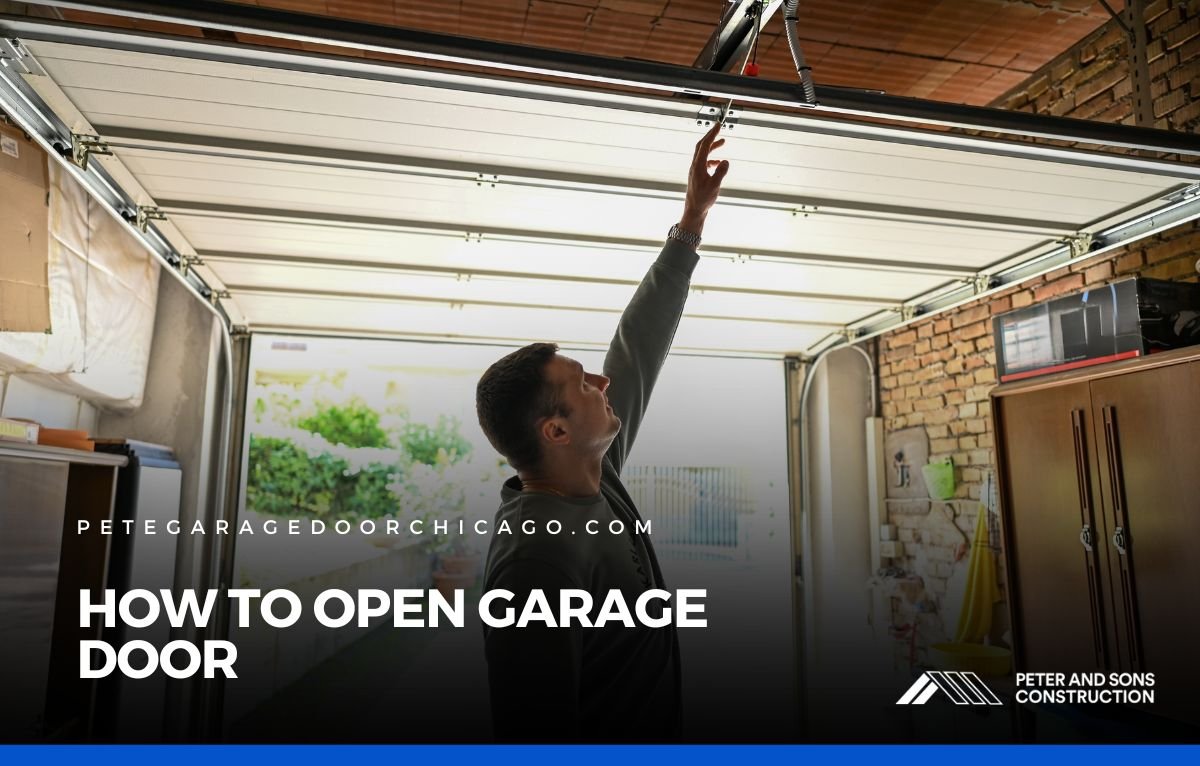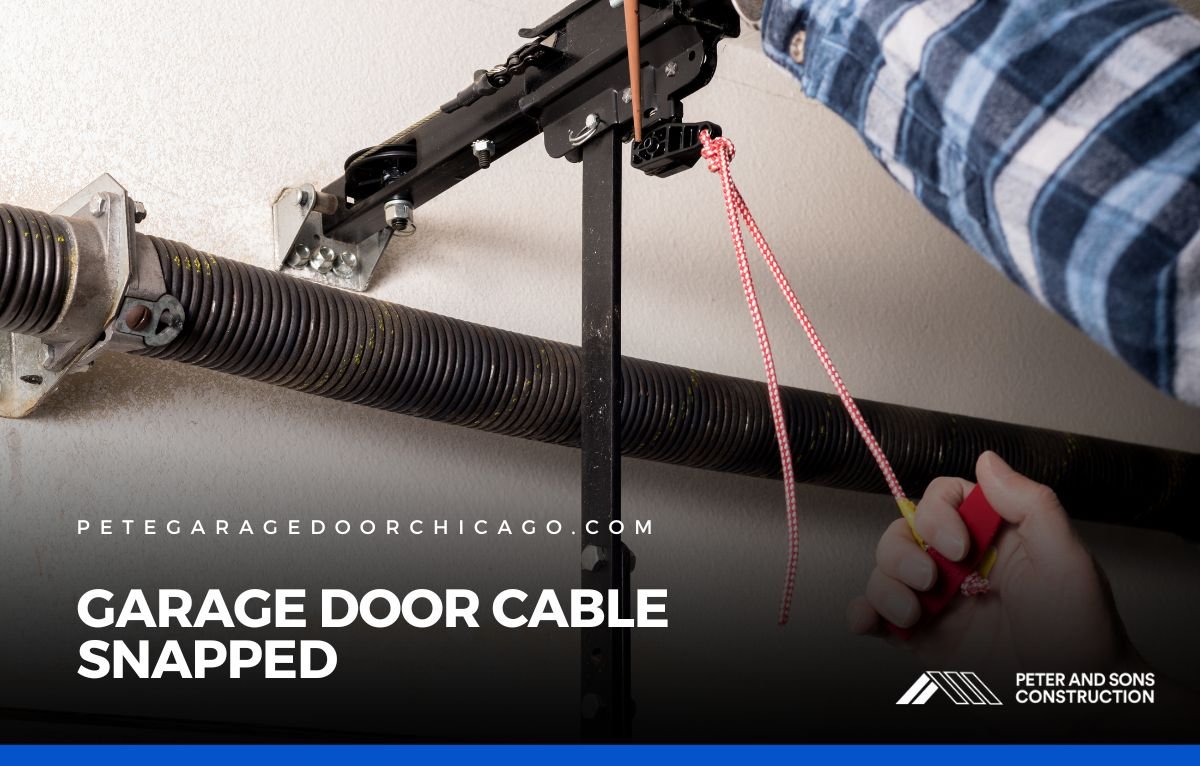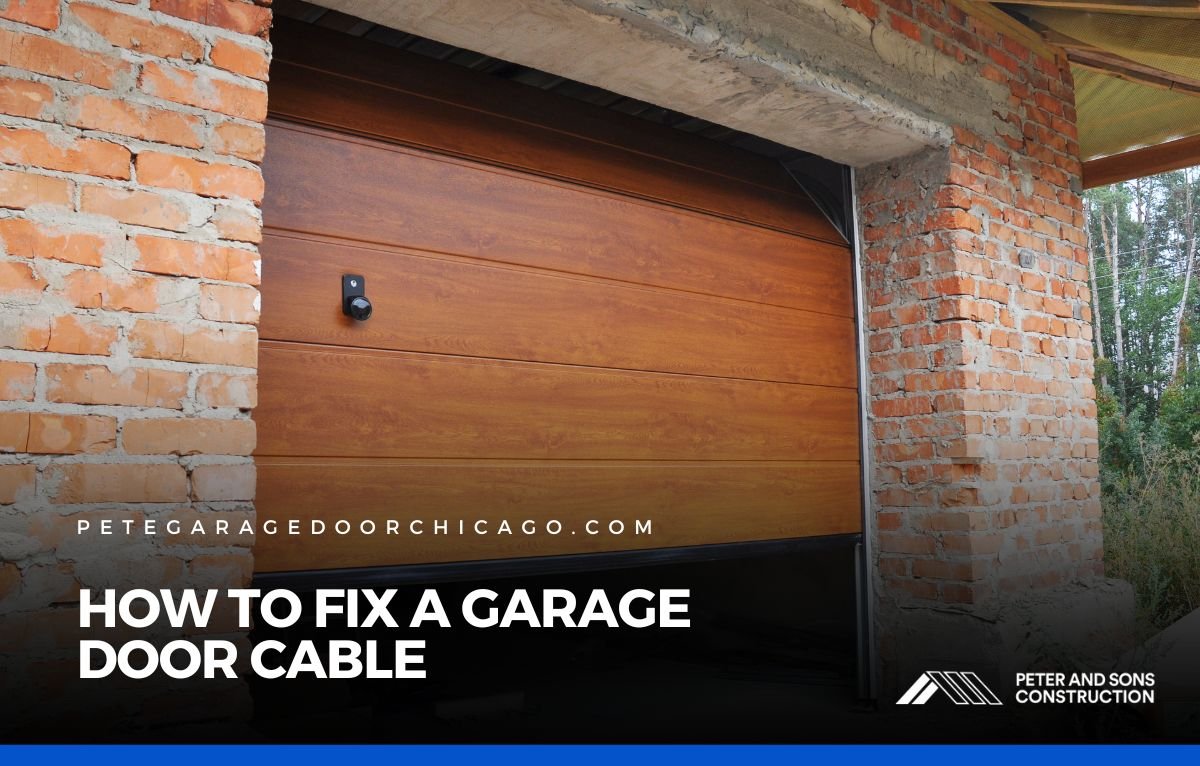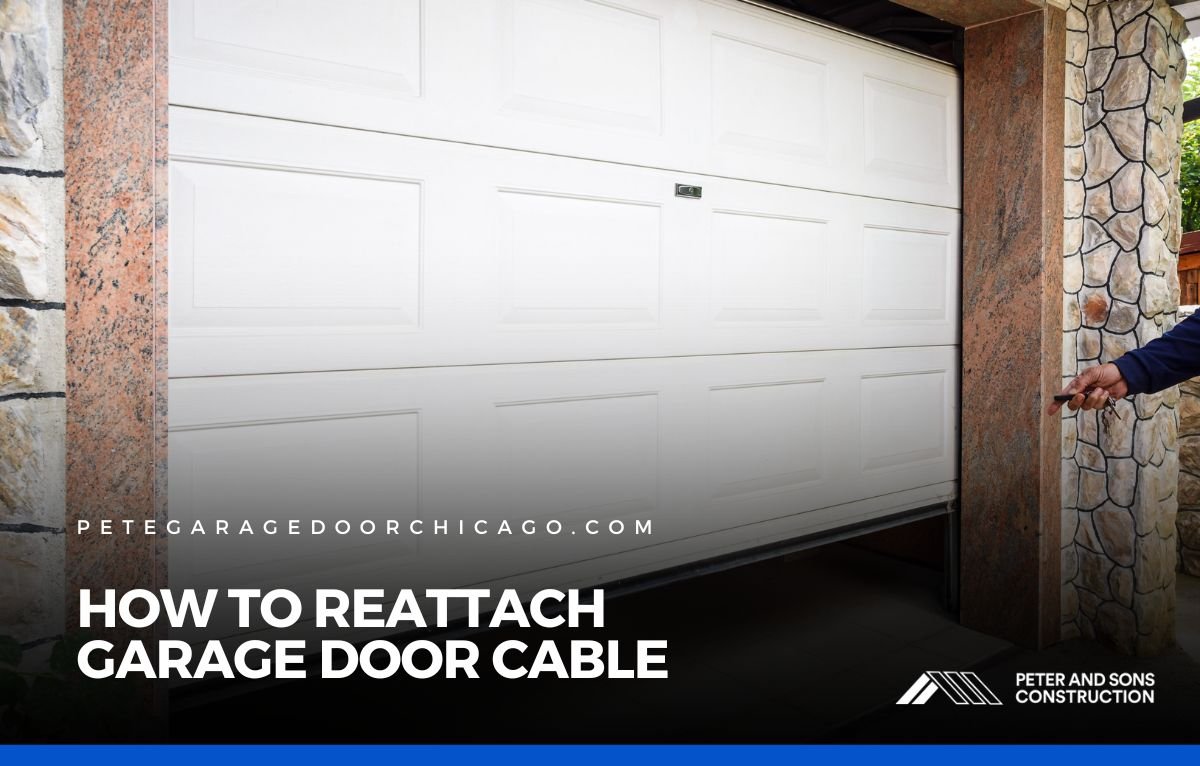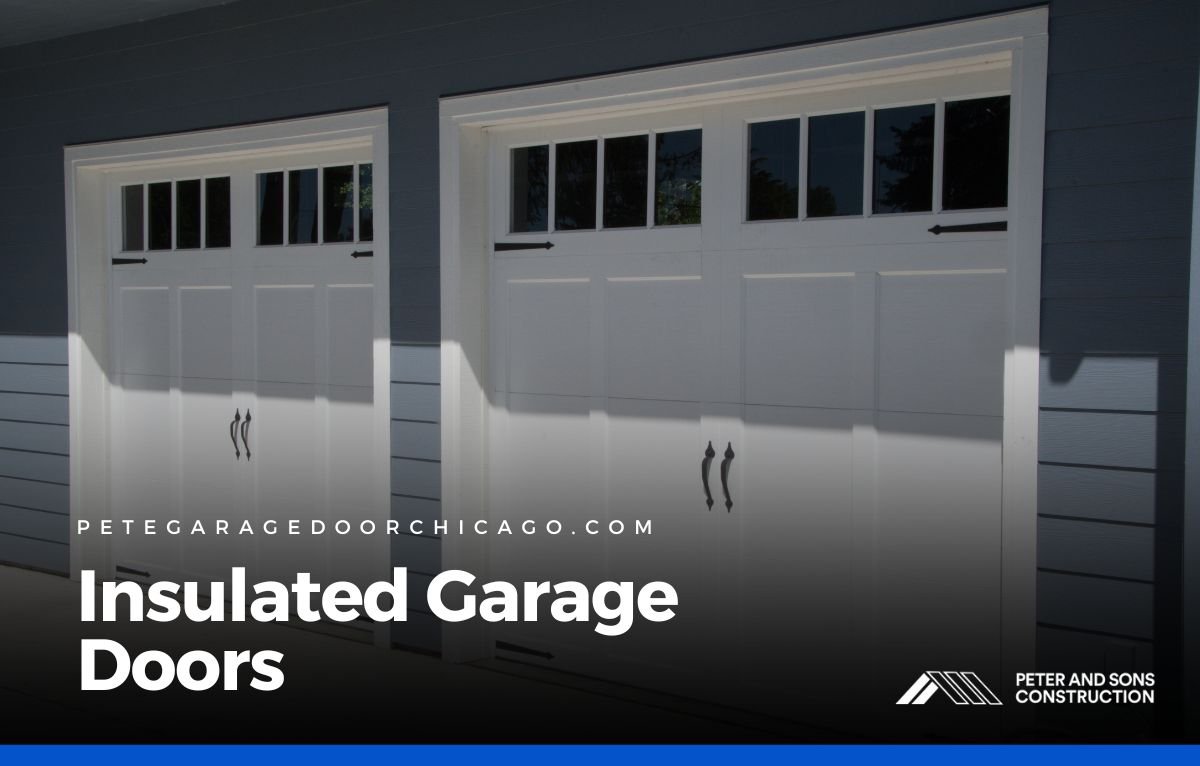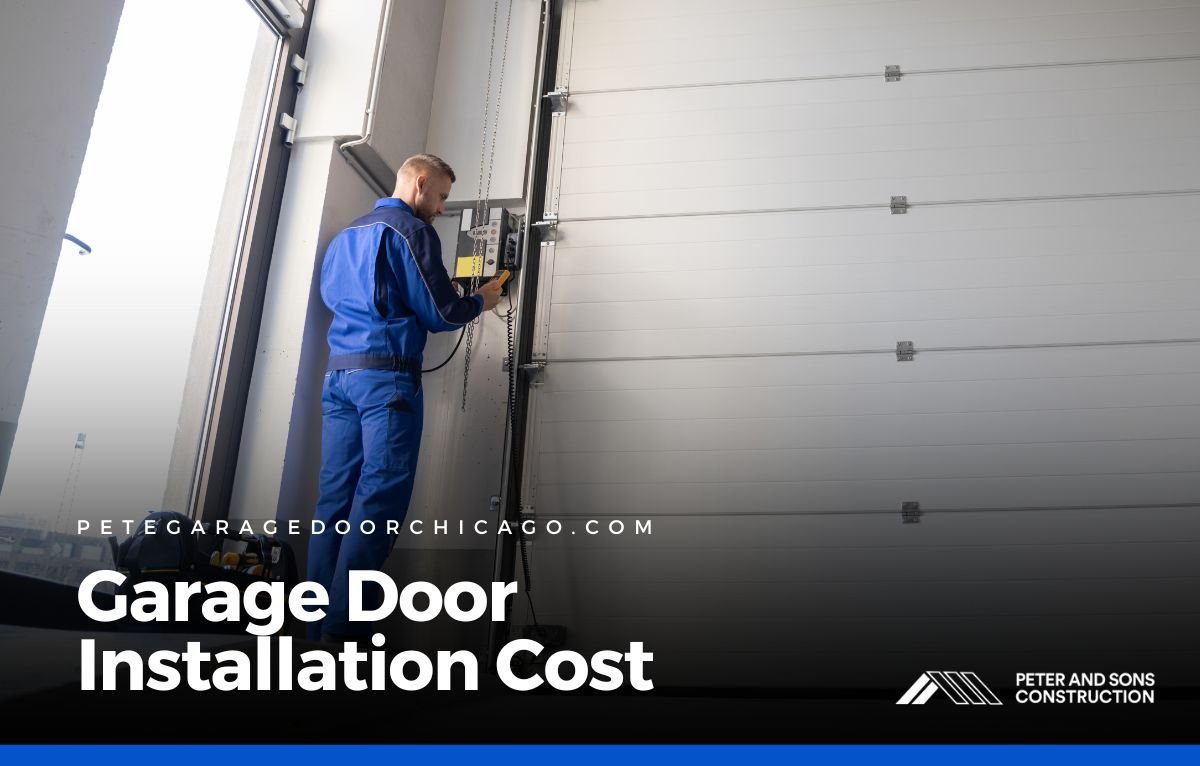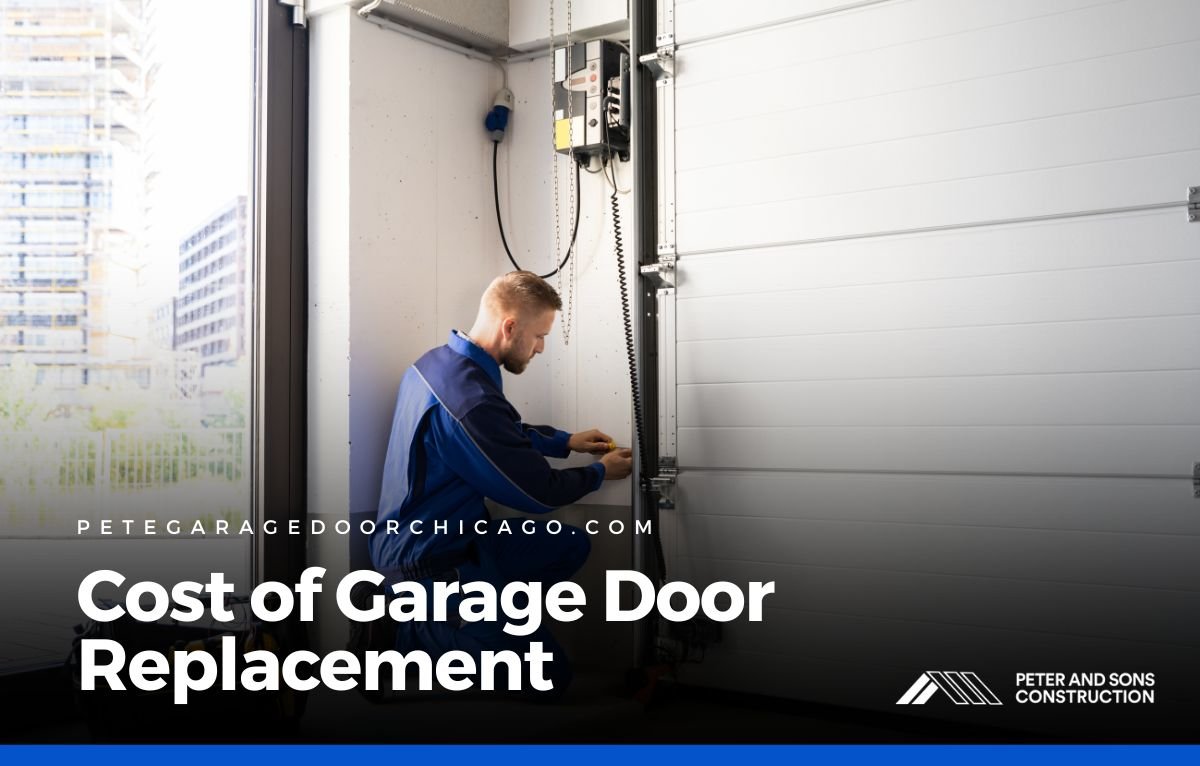Editorial Team
- Editorial Team
- September 26, 2025
- 3:18 pm
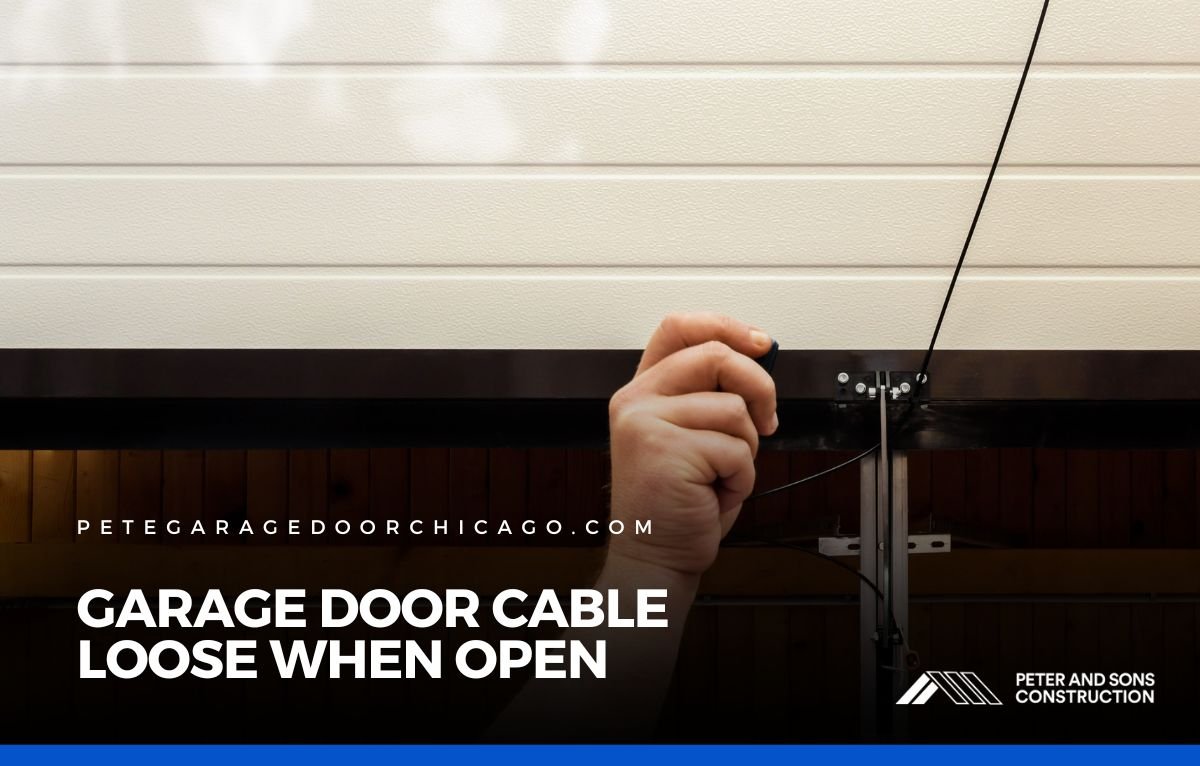
A garage door that doesn’t work smoothly is more than an inconvenience, it’s a safety hazard.
One common issue homeowners notice is a garage door cable loose when open. This problem can cause the door to look uneven, make grinding noises, or even get stuck halfway. If left unchecked, it can put extra strain on the opener and other parts of the system.
Understanding why this happens and how to address it is the first step to keeping your garage door safe and reliable.
What Does It Mean When the Cable Is Loose?
A garage door relies on a system of springs, pulleys, and cables to lift and lower smoothly. When you see the garage door cable loose when open, it means the tension in the system isn’t balanced.
The cable may slip out of its track, sag on one side, or hang loosely instead of staying taut. This is usually a sign that another part of the system isn’t working correctly, since cables are rarely the root cause of the issue by themselves.
Common Causes of a Loose Garage Door Cable
There are several reasons why you might notice your garage door cable is loose when open. Some are simple to address, while others require professional attention:
- Broken or Weak Springs: The springs provide the lifting power for the door. If they lose tension or break, the cables can’t stay tight.
- Misaligned Tracks: When tracks are bent or not aligned properly, the cable can slip and appear loose.
- Improper Cable Installation: If the cable was not wound correctly around the drum during installation, it may unwind when the door opens.
- Worn or Damaged Drums: The drums that hold the cable can wear down, causing the cable to slip out of place.
- Obstruction in the Tracks: Even small debris can affect how the door moves, leading to slack in the cables.
Each of these issues requires a different fix, but the key is identifying the root cause before replacing or adjusting the cable.
Why a Loose Cable Is a Safety Concern
Seeing a garage door cable loose when open may seem like a minor problem, but it can quickly become dangerous. A loose cable can cause the door to become unbalanced, putting stress on one side of the system. Over time, this can lead to the door jamming, slamming shut, or falling suddenly. The opener motor may also strain against the uneven weight, leading to costly repairs.
For households with children or pets, a malfunctioning garage door adds an extra layer of risk. A cable problem should never be ignored.
Can You Fix a Loose Garage Door Cable Yourself?
Some minor issues, like clearing debris from the track, are safe for homeowners to handle. But most cable-related problems involve springs and high-tension parts that can cause serious injury if mishandled. Adjusting springs, rewinding cables, or replacing drums are jobs best left to trained technicians.
That said, if you notice the cable has simply slipped off the drum without other damage, it may be possible to guide it back into place carefully. Still, it’s important to secure the door first with clamps and disconnect the opener to avoid accidents.
Troubleshooting a Loose Cable
Sometimes the cause of a loose cable isn’t obvious right away. Here are a few scenarios to consider:
- If the door looks crooked when halfway open, the cable on one side may have slipped or stretched more than the other.
- If the cable repeatedly falls off the drum, the drum itself may be worn or the spring tension may be uneven.
- If the cable is loose but the springs look fine, check for dents or bends in the tracks that could be interfering with the door’s movement.
By narrowing down these signs, you’ll get a clearer idea of whether a quick adjustment or a full repair is needed.
Preventing Loose Cables in the Future
While it’s not always possible to prevent wear and tear, regular maintenance can reduce the chances of seeing a garage door cable loose when open. Here are a few preventive tips:
- Inspect cables, springs, and tracks at least twice a year for signs of wear.
- Keep the tracks clean and free of debris.
- Schedule professional tune-ups to adjust spring tension and check alignment.
- Replace both cables at the same time if one shows signs of damage, to keep the system balanced.
These small steps can extend the life of your garage door and help you avoid sudden breakdowns.
When to Call a Professional
If the problem involves broken springs, worn drums, or repeated cable slippage, it’s time to call in a professional. A technician can safely restore proper tension, replace worn parts, and ensure the entire system is balanced. This not only fixes the immediate issue but also prevents related problems down the road.
Professional service is also worth considering if your door is older. Sometimes, replacing worn cables or springs is only a temporary fix. A trained expert can help you decide if a full door or hardware upgrade is more cost-effective in the long run.
Don’t Ignore a Loose Cable
Noticing your garage door cable loose when open is a clear signal that something’s wrong with the system. While it may look like a small issue, ignoring it can lead to bigger, more dangerous problems. By understanding the common causes—like broken springs, misaligned tracks, or worn drums—you can decide whether it’s a quick fix or something that needs professional repair.
If you live in Niles, IL or nearby, Peter and Sons Constructions provides expert garage door repair services, including cable replacement and system balancing. With our help, you’ll have a door that runs smoothly, safely, and reliably every time you use it.




